Here's Who Made Gartner's 2017 Magic Quadrant For Unified Communications

Market Hits Maturity In 2017
The unified communications market is now mature with offerings available from most vendors, according to Gartner's 2017 Magic Quadrant for Unified Communications.
Although the Unified-Communications-as-a-Service (UCaaS) market is growing, on-premise unified communications still accounts for 70 percent of the offerings sold to midsize to large enterprise. The capabilities that will continue to have an effect on market success revolve around mobility, user experience, interoperability and offerings that have broad appeal to a diverse audience, said Gartner. The market is also being influenced by cloud and hybrid services, workstream collaboration and communications, and Platform as a Service.

Unified Communications Research Methodology
Gartner evaluated UC vendors that offer enterprise equipment, software and services around VoIP, video, web conferencing, telephony, messaging, applications and UCaaS solutions.
Gartner's Magic Quadrant ranks vendors on their ability to execute and completeness of vision and places them in four categories: Niche Players (low on vision and execution), Visionaries (good vision but low execution), Challengers (good execution but low vision) and Leaders (excelling in both vision and execution).
Here are the nine vendors that made this year's Magic Quadrant for enterprise unified communications, along with Gartner's assessments of each company's strengths and weaknesses in the space.
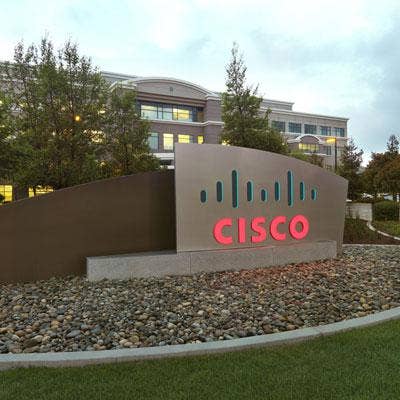
Leader: Cisco
The San Jose, Calif.-based networking giant offers a broad range of UC solutions spanning on-premise, hybrid and cloud deployment options. Cisco's on-premises offering is based on the Cisco Unified Communications Manager (UCM) that brings together voice, telepresence, video, messaging, and several forms of conferencing. Cisco also offers UCM as part of its cloud-based Cisco Hosted Collaboration Solution service provided by partners.
Cisco's UCaaS Spark offers messaging, calling and meeting space that support workstream collaboration. The company also offers its new interactive virtual whiteboard, Spark Board, as well as video endpoints for collaboration within a conference room. Cisco is the leader in both vision and execution on the Magic Quadrant.
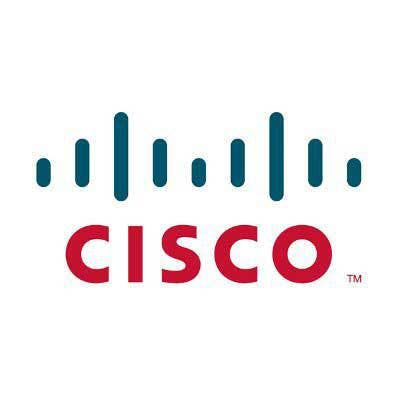
Cisco
Strengths: Gartner said Cisco has launched a steady flow of new UC solutions with distinct licensing options over the past year tied to a strong financial foundation. Cisco's hybrid offerings enable customers with on-premises offerings to integrate with Cisco Spark Cloud for messaging, calling, meeting and team spaces.
Weaknesses: Cisco's UC offerings -- including hardware, software licenses and maintenance costs – are typically priced higher than its competitors on this Magic Quadrant for large enterprise installations. The company also has some overlapping functionality inside its UC portfolio.

Leader: Microsoft
The Redmond, Wash.-based software giant offers a broad range of UC offerings under Skype for Business including its on-premises Skype for Busienss Server and cloud Skype for Business Online products licensed as part of the Office 365 portfolio. Microsoft's Skype for Business Server has proven itself to be an IP PBX replacement for many organizations, according to Gartner.
Gartner said Microsoft continues to enhance its Skype for Business portfolio through partnerships, such as with Polycom and Logitech for meeting offerings, as well as with others for customer service. Microsoft is ranked No. 2 in execution and tied for No.2 (with Mitel) in vision on the Magic Quadrant.
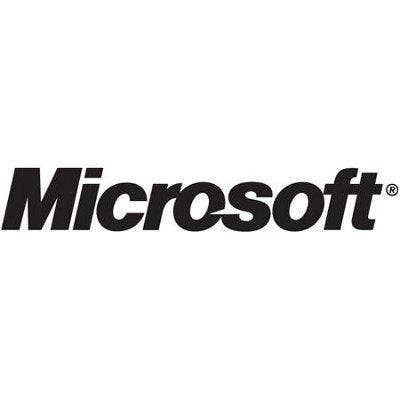
Microsoft
Strengths: Microsoft bundles Skype for Business as part of Office 365 that includes a large set of established business, collaboration and cloud office products. The company has strengthened its road map for migration to Office 365 by introducing the Skype for Business Cloud Connector Edition to ease hybrid SfB deployments.
Weakness: Some enterprises report dissatisfaction with the quality and capabilities of Skype for Business' audioconferencing and videoconferencing functionalities, according to Gartner. In addition, deploying Skype requires users to select multiple technology partnerships for a complete UC solution.

Leader: Mitel
Mitel's flagship MiCollab UC suite aligns with its MiVoice telephony platforms and serves as the access point for its MiTeam workstream collaboration offering. MiCollab supports meeting offerings as well as instant messaging, presence and calendar integration.
The Ottawa, Canada-based vendor has a longstanding presence in virtualization and offers flexible delivery approaches for UC with a significant installed base of offerings deployed on virtual systems. Mitel is ranked No. 3 in execution and tied for No. 2 (with Microsoft) in vision on the Magic Quadrant.
On July 27, Mitel unveiled its intent to acquire UC competitor ShoreTel for $530 million. The acquisition is expected to be completed in the third quarter of 2017.
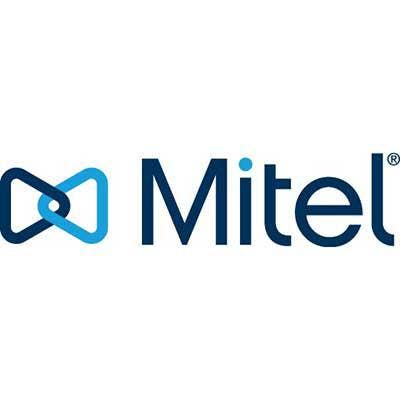
Mitel
Strengths: Mitel offers competitive prices with customers frequently identifying cost savings and the total cost of ownership as factors, according to Gartner. Its portfolio supports flexible provisioning models and architectures that enable customers to purchase UC elements in their desired deployment modes.
Weaknesses: Mitel has made several vendor acquisitions, even prior to ShoreTel, and therefore has a mix of offerings and partners. Although most Mitel customers use its telephony and audioconferencing capabilities, Gartner said limited adoption of Mitel's broader UC functions might constrain rollout of updates to the MiTeam offering.

Challengers: Huawei
The China-based network and telecom giant offers a comprehensive portfolio of UC products and services. Huawei's eSpace comprises a broad range of applications that supports telephony, presence, messaging, conference room endpoint, video collaboration and contact center functions. Huawei's UC architecture is based on its Unified Session Manager virtualized software platform, which enables eSpace to run on either Huawei servers, standard servers or virtualized platforms.
In the past year, the vendor has launched private and public cloud deployment options that share its on-premises Unified Session Manager platform. Huawei is ranked No. 4 in execution but ranks near the bottom of the pack in vision on the Magic Quadrant.
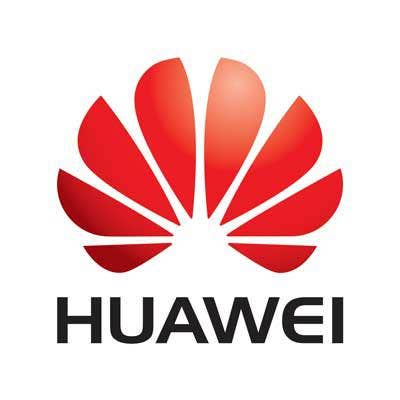
Huawei
Strengths: Huawei's UC offerings span the carrier, large-enterprise and SMB segments. The company's ability to reach across market segments using a common virtualized software platform enables it to provide scalable and cost-effective UC offerings, according to Gartner.
Weakness: Gartner said Huawei still has limited visibility in an already mature market. The company is limited in its ability to provide collaboration offerings to global organizations as it faces political, trade-related and IP-related trust issues in the U.S. market.

Challengers: NEC
Tokyo-based NEC is a global provider of communications services and products, with two UC offerings: Univerge 3C and Univerge SV9500. Its lead U3C offering is a fully integrated UC suite based on web-oriented and service-oriented architecture (SOA) and open standards with enterprise scalability, security and centralized administration.
Univerge Blue is NEC's UCaaS platform based on the U3C and is offered through partners in North America. NEC is ranked in the middle of the pack in execution, but ranks last place in vision on the Magic Quadrant.
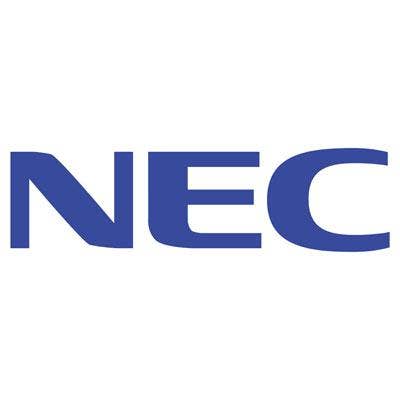
NEC
Strengths: NEC is financially strong with established UC sales operations and channels in multiple regions. The company has a strategic network of channel partners and a good distribution of sales across several geographic markets, most notably in Japan and the U.S.
Weakness: The company's UCaaS offering is limited to North America. Additionally, NEC's lack of products for workstream collaboration initiatives does not prepare it well for the next generation of enterprise collaboration, said Gartner.

Visionary: Avaya
Avaya's lead UC enterprise product is the Aura Platform that includes communication manager, session manager, system manager and presence services, as well as a series of Aura applications for messaging and contact centers. Avaya Equinox is the company's converged services offering for mobility, conferencing and collaboration.
Zang Spaces is a recent addition to Avaya's UCaaS platform with workstream collaboration capabilities, including persistent team collaboration and meeting offerings integrated with voice and video. Avaya is ranked No. 4 in vision and in the middle of the pack in execution on the Magic Quadrant.
Avaya filed for Chapter 11 bankruptcy earlier this year in a move to combat billions in debt.
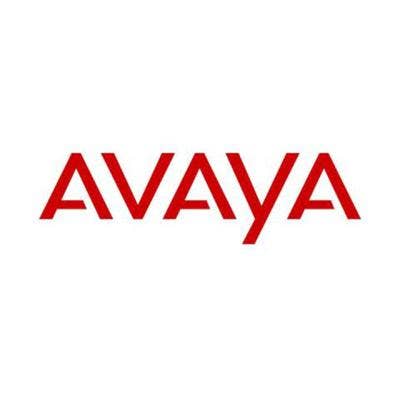
Avaya
Strength: As a subsidiary of Avaya, Zang has been able to rapidly develop a range of cloud communications services with the aid of a developer portal. Avaya has strong brand recognition for its telephony and contact center businesses that remain central to its portfolio.
Weakness: If Avaya's restructuring process lasts for a year or more, Gartner said it will be difficult for business to recover. Clients indicate that the company is struggling with after-sales support across its portfolio, which is likely to hamper new services such as Equinox, according to Gartner.

Visionary: Unify
Unify, a subsidiary of Atos, offers a full and integrated suite of UC functionality through its OpenScape portfolio that is comes in three configurations. OpenScape Enterprise is a distributed architecture for large organizations; OpenScape Enterprise Express is an all-in-one UC offering for organizations with up to 5,000 users; while OpenScape Business is aimed at small businesses.
OpenScape is available on-premises, in the cloud via partners or as a hybrid offering. Munich, Germany-based Unify is ranked in the middle of the pack in vision and near the bottom in execution on the Magic Quadrant.
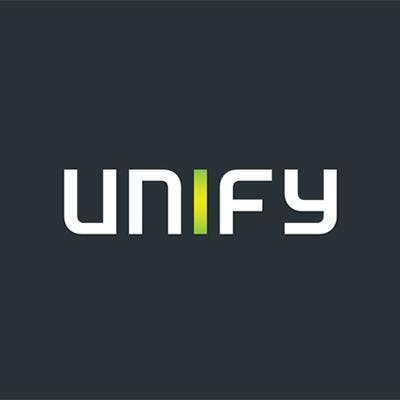
Unify
Strength: OpenScape clients can be embedded in other application environments including Microsoft, IBM and Google. Unify's collaboration offerings are a core component of the Atos Digital Workplace proposition, enabling the company to benefit from Atos' broader marketing of its digital workplace services.
Weakness: The vendor has yet to offer a UCaaS platform, which limits organizations' ability to migrate from on-premises to cloud and hybrid offerings with Unify's technology. Gartner said Unify also faces a challenge to improve the OpenScape Enterprise customer experience.

Niche Player: ALE
Paris-based ALE, operating under the Alcatel-Lucent Enterprise brand, has a flagship multimedia UC suite: OpenTouch. The suite includes a fully unified and integration UC offering that scales up to 5,000 users and 15,000 endpoints.
ALE's OmniPCX Enterprise Communication Server scales between 100 and 100,000 users and can be deployed along with OpenTouch. Its OpenTouch Conversation offering is a client experience that operates across mobile and PC devices, consolidating both user experience and licensing. Rainbow is ALE's cloud-based service that includes presence, voice and video conversation, file sharing, search and tagging capabilities. ALE is ranked near the bottom of the pack in both vision and execution on the Magic Quadrant.
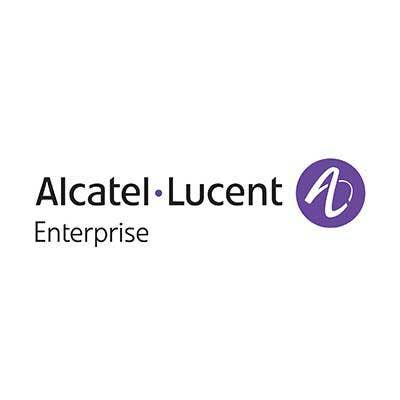
ALE
Strengths: OpenTouch can operate on-premises, in the cloud or with hybrid functions, while OpenTouch Enterprise Cloud enables customers to subscribe to consumption licensing. Gartner said ALE has a large telephony market share in Europe from which to sustain continued investment in broader UC product and market development.
Weaknesess: It has been three years since China Huaxin acquired ALE with the intention of doubling the business in five years through expansion into new markets. Since then, there has been very limited investment in ALE, which Gartner says brings into question China Huaxin's long-term commitment to the enterprise UC business.

Niche Plater: ShoreTel
ShoreTel's Connect offering has a single code base and a consistent user interface across its three versions available on-premises (Connect Onsite), in the cloud (Connect Cloud) or hybrid (Connect Hybrid).
ShoreTel released its team collaboration Teamwork solution this year but it is currently available only for Connect Cloud users. The company has also released Connect Telephony for Microsoft and Connect for Chrome browser to enable native integrations into common workflows. ShoreTel is ranked near the bottom of the pack in vision and ranks last place in execution on the Magic Quadrant.
On July 27, Mitel unveiled its intent to acquire ShoreTel.
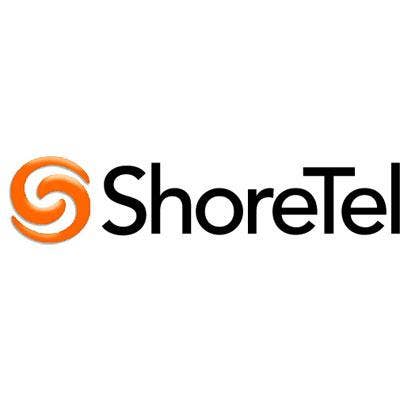
ShoreTel
Strengths: The common user interfaces and software streams between its Onsite, Cloud and Hybrid versions enable flexible provisioning. ShoreTel's Onsite provides the features and functions most organizations desire.
Weakness: ShoreTel has a limited geographic footprint outside the U.S. and its expertise is not widely available. Gartner said the company's video capabilities are not as feature-rich as some of its competitors.